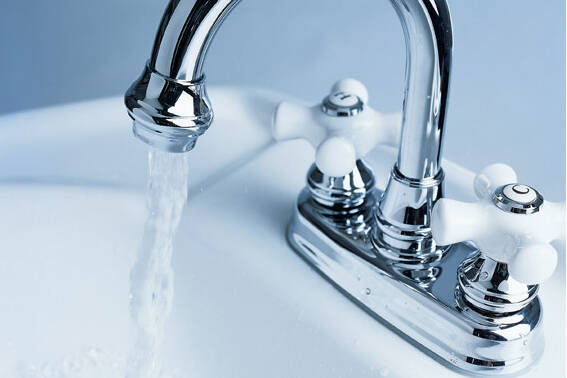Live Green Indoors: 3 ways to save water in your home

While many are embracing outdoor water-saving measures like letting summer grass go golden, we have many opportunities to live green indoors, too! Photo courtesy CRD
Here on the west coast, it’s easy to take water for granted. After all, we’re surrounded by the ocean and rain often falls freely – especially during winter and spring.
However our unique climate is also characterized by warm, dry summers, amplified by the unknowns of climate change, and that means we need to keep water conservation and protection top of mind.
So, while many are embracing outdoor measures like letting summer grass go golden, we have many opportunities to live green indoors, too! Here are a few simple ways you can help conserve and protect our valuable water resources from inside your home…
- Go high-efficiency – It likely comes as little surprise that between toilets, taps and shower heads, bathrooms are one of the biggest sources of water use in the home. Replacing an outdated, inefficient toilet with a reliable, easy-to-install, high-efficiency model can save a family of four more than 100,000 litres of water per year – that’s good for our environment and family finances. With the savings amounting to about $200 per year, the payback period for a high-efficiency toilet is just a year and a half!
- Limit tap time and check for leaks – It’s not only about the fixtures, but water-wise habits, too, like turning taps off when brushing teeth and shaving, and striving for a five-minute shower. And with household leaks accounting for up to 14 per cent of all indoor water use, it’s also important to watch for leaky taps and toilets, and to know where your main water shut-off is in case of an emergency. Remember to check your faucets and toilets at least once a year – often the fix can be simple and inexpensive – and always check your water bill for abnormal consumption. Here’s how to be a Leak Detective.
- Know what to flush – In addition to being smart about how we use water, it’s also vital to know what we’re putting down the drain. What we flush down the toilet or pour down the sink can end up in the ocean, even with the CRD’s advanced wastewater treatment, and when that includes chemicals from household cleaners or other “unflushables,” that harms our environment – including our water. Look for safe recycling options instead of dumping unwanted products down the drain, and for drain-friendly cleaning, choose recipes using pantry staples like vinegar, salt and baking soda as a greener alternative.
Save water and prevent pollution at home! Learn how to Live Green at www.crd.bc.ca/livegreen.
